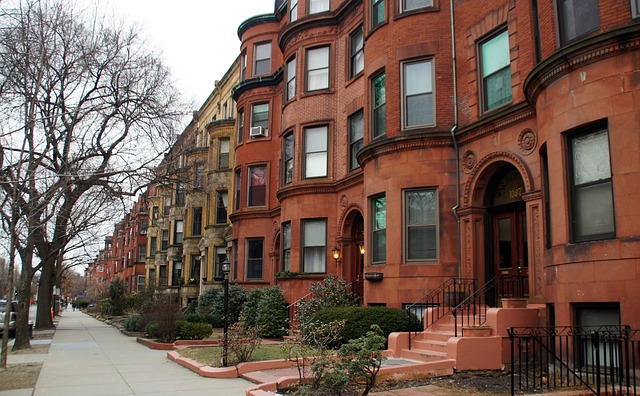Here is the latest edition of the Property Options’ monthly update on the UK Buy To Let (BTL) market.
This update is by economist Chris Worthington, who was one of the speakers at our recent February PIM.

Trends in House Prices in the UK
The latest All City House Price Index published by property analysts Hometrack highlights some interesting trends in the growth in house prices. The index includes 65 towns and cities in the UK and provides figure for year on year house price growth and growth in the last quarter.
The towns at the top of the table are the towns from where it feasible to commute to London – Luton, Medway, Milton Keynes, Swindon, Hastings and Southend, with year on year house price growth in the range of 9.4% to 11.6%.
Further down the table but still within the top 20% are the cities of Manchester (8.8% annual growth) and Bristol (8% annual growth) where the buoyant local economies have boosted house prices.
At the bottom of the table are Oxford, Cambridge and Central London where house prices have arguably reached the limit of affordability for many investors. They are joined by several less prosperous towns in the North of England such as Barnsley, Sunderland and Middlesborough.
Rents, Rental Yields and Capital Growth
A recent article in the New Statesman by Nova Financial reported on the current trend for companies to invest in the North of England and the Midlands, where overheads and wage costs are lower than London.
The increase in investment and employment outside of the capital has been reflected in higher rents, increased rental yields and increases in capital growth for buy to let (BTL) investors.
This is an interesting proposition for BTL investors – but how should BTL investors in Bristol react to these changes in the market?
The Bristol economy stands to benefit from companies moving from London as they have in the past and Bristol remains an attractive location for inward investment from outside the UK. A recent report from EY consultants found that foreign direct Investment (FDI) into the South West was led by Bristol.
The city attracted a quarter of the total (FDI) projects in the region creating an increase in demand for accommodation in the private rented sector. The city will also become more attractive for commuting to London when the electrification of the mainline is completed.
Historically Bristol has a record of achieving above average growth in house prices, rents and yields. In the next update we will explore this in more detail, including possible future trends.
Conclusion
We will all be discussing the latest position on the property market in Bristol and across the UK at our next PIM on 27 April 2017 at Holiday Inn, Bristol City Centre, 6-9 pm.
We hope you will join us then.
For more info and to reserve your place Click Below


Leave a Reply